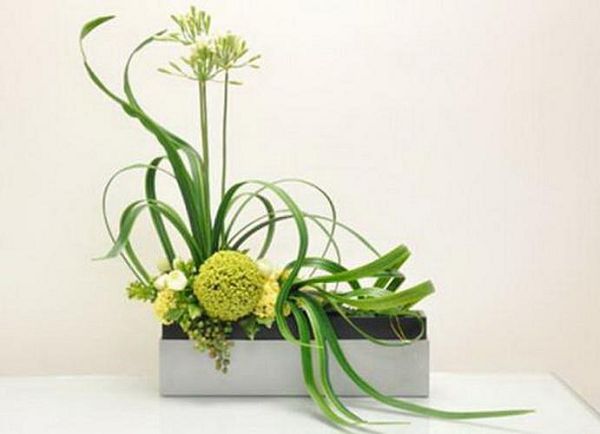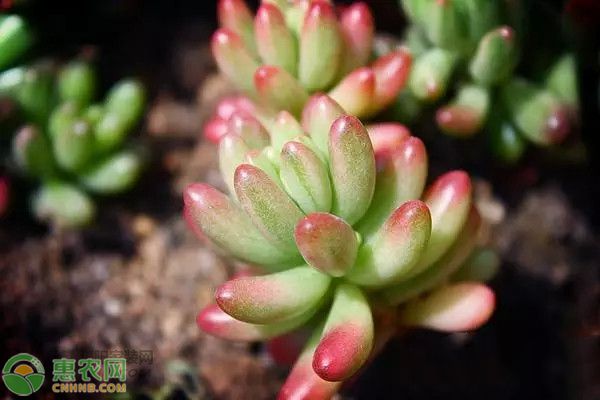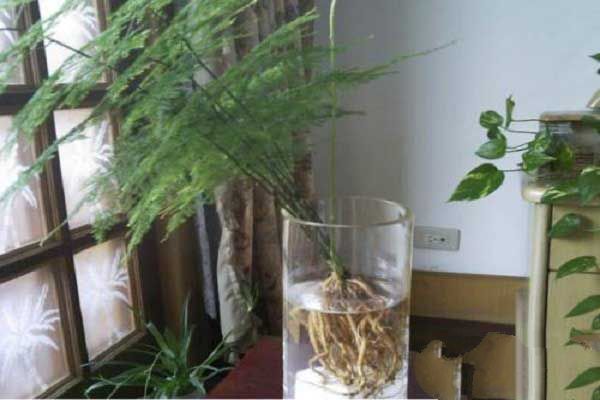It is late autumn, how to take care of potted flowers

After the beginning of autumn, water and fertilizer management should be treated differently according to the habits of different flowers. For foliage flowers, thin liquid fertilizer is generally applied every 15 to 20 days to keep the leaves green and improve the ability to protect against the cold; for flowers that bloom once a year, and some ornamental fruit flowers in order to promote their blooming and fruit fullness, we should also apply dilute liquid fertilizer dominated by phosphate fertilizer for 1 or 2 times, otherwise, it will not only bloom less and small, but also appear the phenomenon of bud drop. For flowers that bloom many times a year, they should continue to provide fertilizer and water, but for most flowers, after Cold Dew, they will no longer be fertilized in order to survive the winter.
Pruning and shaping
When the temperature is about 20 ℃ after autumn, most flowers are easy to sprout more shoots. Except for keeping some of them according to need, the rest should be cut off in time to reduce nutrient consumption. The retained twigs should also be plucked in time. Chrysanthemum, dahlia, rose and camellia, etc., after budding in autumn, when the buds grow to a certain size, the lateral buds should be removed except for a well-growing main bud at the top.
Autumn cuttage
Combined with pruning in autumn, the survival rate of cutting flowers and trees is also very high, such as cutting rose and so on.
Timely seed collection
The seeds of many flowers mature one after another before and after the Mid-Autumn Festival and need to be harvested in time. A bunch of red, morning glory and other seeds are harvested and dried in the sun, and stored in a low-temperature ventilated place in a human cloth bag. For some seeds with thick seed coat, such as peony, peony, Michelia mollissima and magnolia, the seeds should be buried in wet sand after harvest.
Suitable time for sowing
Biennial or perennial grass flowers cultivated in 2012, such as calendula, carnation and daisies, greenhouse flowers such as gourd and leaf chrysanthemum, cyclamen, paulownia, as well as African chrysanthemum, swallows, primroses and begonias that are easy to germinate after harvest should be sown in autumn.
Enter the room in due course
After Cold Dew in the northern region, most flowers have to be moved indoors one after another to survive the winter according to the cold resistance, so as to avoid cold damage. Usually, orchids, Fusang, Golden Bell and Cactus are better to enter the room when the temperature drops to about 5 ℃. Potted grapes, roses and figs need to be frozen at-5 ℃ for a period of time to promote dormancy, and then moved to the cold room (about 0 ℃) for preservation. Flowers that have just entered the room should pay attention to ventilation.
- Prev

The culture method of succulent plants and flowers will not take a look.
The culture method of succulent plants and flowers will not take a look.
- Next

Why do hydroponic flowers need to change water to wash their roots? What is the method of changing water and washing roots?
Why do hydroponic flowers need to change water to wash their roots? What is the method of changing water and washing roots?
Related
- What if the leaves of potted flowers turn yellow?
- Florescence Control of several Flowers
- Anti-freezing technology and post-freezing nursing technology of flowers
- What is the classification of flowers? What are the common methods of flower classification?
- Prevention and control of alkali and acid damage of flowers in courtyard
- Technology of Anti-freezing and restoring growth of Flower seedlings in greenhouse and greenhouse
- How does flower fertilization not hurt the root? Fertilization technology of flowers
- Key points of disinfection in flower greenhouse
- Several pesticides that are banned or used cautiously in flowers
- How to fertilize the flowers that watch the leaves?

